To join the club of spacefaring nations, a country must meet three conditions: (1) launch an artificial satellite of its own design and construction (2) using its own launch vehicle (3) from its own territory. The Soviet Union became the first to achieve this on October 4, 1957, marking the beginning of the space age. Since then, not so many countries have followed their example. International organizations and private companies have also entered this list. Let’s go through them chronologically.
American Explorer
The United States announced the launch of its own artificial Earth satellite back in early 1957. On July 1 of that year, the “International Geophysical Year” began, dedicated to scientific research of the Earth. The Soviet rocket engineers set themselves the goal of outperforming the Americans, and they succeeded — mostly due to persistence of Sergei Korolev.
Thus began the first stage of the “space race,” which the United States were losing, but at least they didn’t want to stay “behind” for long. The challenge was complicated by the fact that the main “players” in the American rocket program were military, and they couldn’t fulfill their task. Their attempt to launch the test vehicle Vanguard TV-3 on December 6, 1957, turned out to be unsuccessful.
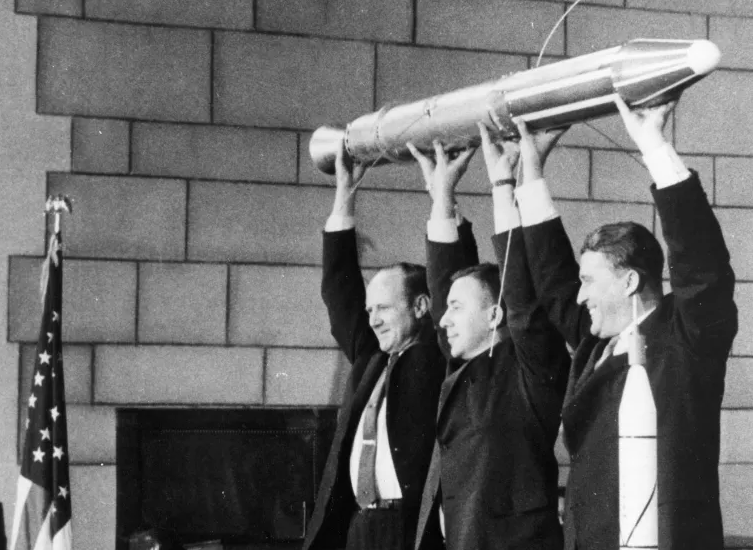
Only after that did the team of rocket engineers under the leadership of the famous Wernher von Braun receive permission to launch. They used the Juno I launcher, based on the Jupiter-C suborbital research rocket. On January 31, 1958, from the U.S. Air Force base at Cape Canaveral, it successfully delivered the 14-kilogram satellite Explorer 1 into orbit, with a perigee of 358 km and an apogee of 2550 km.
By that time, the first Soviet Sputnik had already deorbited, but another one was still orbiting the Earth (it re-entered the Earth’s atmosphere as late as April 14, 1958). Explorer 1 transmitted data until May 23, 1958, after which contact was lost. It ceased to exist completely only on March 31, 1970.
The Satellite from a Comic
The rivalry between the two superpowers continued: they launched the first interplanetary spacecraft, sent their citizens into space… Meanwhile, other countries started entering the competition to become the third member of the space club. On November 26, 1965, France achieved this, partly thanks to the ambitions of its then-president, Charles de Gaulle.

The 42-kilogram spacecraft was named Astérix, after the main character of one of the most famous French comics. It was placed into orbit with a perigee of 527 km and an apogee of 1697 km using the three-stage Diamant A rocket, entirely of French design, with its second and third stages being solid-fueled. The launch took place from the Hammaguir test range in Algeria, which had gained independence in 1962. However, France continued to lease some military facilities on its territory until 1967. Therefore, this test range is considered “national territory,” although this does not quite fit the criteria of a spacefaring nation. Let’s consider that an exception was made in this case.
Japanese Wonder
Japan is the only spacefaring nation among the defeated in World War II. Its economy was severely affected, and its territory was even subjected to nuclear bombardment. Japanese engineers were denied access to military technologies, including rocket technology, for some time. However, in the mid-1960s, the Japanese decided that their economic and scientific capabilities were sufficient to attempt space exploration. They succeeded.
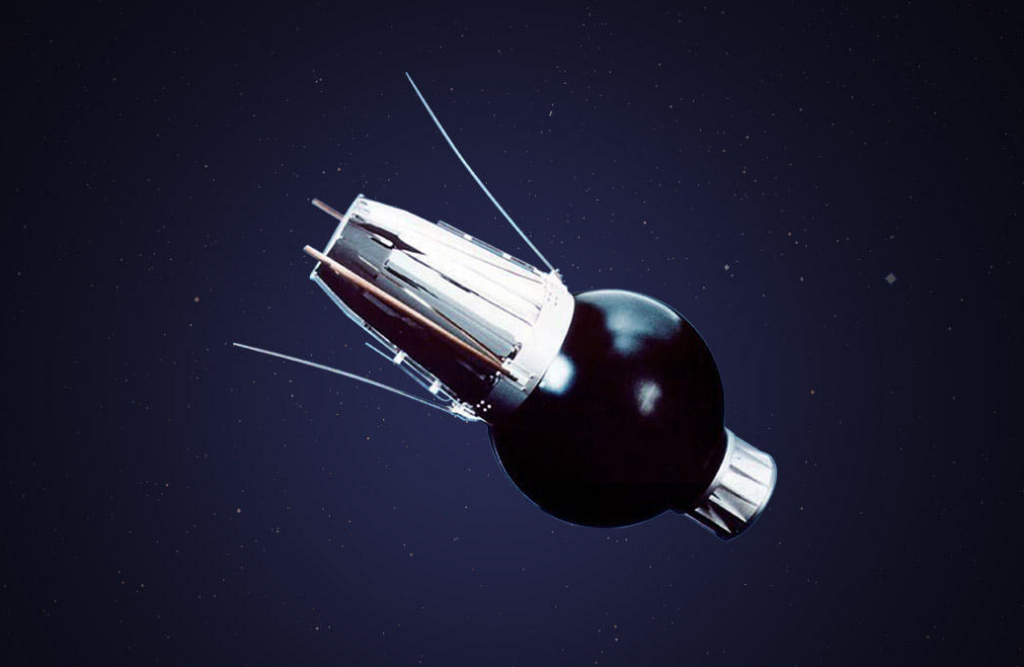
Tests of the solid-fueled Lambda-4S launch vehicle, developed by Nissan (which traditionally designated its rocket series with Greek letters), began in 1966 near the town of Uchinoura in Kagoshima Prefecture. On February 11, 1970, it successfully delivered a small 24-kilogram satellite named Osumi into space, which remained in orbit until 2003. This success inspired Japanese engineers to create more powerful rockets and more advanced spacecraft. Japan currently holds a leading position among space-exploring nations, conducting successful interplanetary missions. Its most significant achievement was the first delivery of asteroid material to Earth in history.
The Beginning of the “Long March”
Japanese rocket engineers had a significant reason to rush their space launch: China was simultaneously developing its own space program. China had much better “starting positions” since it received relevant technology from the “Soviet comrades” back in the 1950s. However, after Nikita Khrushchev came to power, scientific and technical cooperation between the USSR and China almost ceased, and the Chinese had to develop their own rocket carriers independently. The launch vehicle Changzheng (“Long March”), based on the intercontinental ballistic missile Dongfeng-4, was created. Its first version, launched on April 24, 1970, from the Xichang Space Launch Center, successfully placed the Dong Fang Hong 1 satellite into orbit with a perigee of 441 km and an apogee of 2286 km. The satellite’s name translates as “The Red East.” It weighed 173 kilograms.

Since then, Chinese space exploration has made significant progress. On October 15, 2003, China became the third country in the world—and still remains so—to send its citizen into space aboard its own manned spacecraft. China also has its own orbital research station, Tiangong.
Space and Shakespearean passions
The United Kingdom, once the largest and most powerful empire in the world, had not dared to launch an independent space program for a long time, although in 1962, the British research vehicle Ariel 1, created in collaboration with NASA specialists, was launched from the Cape Canaveral launch site by an American Thor-Delta rocket. The British began designing their own launch vehicle, called the Black Arrow, in 1964, and 5 years later it tried its first suborbital flight, unfortunately, unsuccessfully. The launches took place from the Woomera test site in South Australia, which was and still is formally a dominion of the United Kingdom, so it can be considered a “national territory” with certain reservations. Problems with the delivery of equipment to the opposite side of the globe greatly complicated the work. Although the second launch of the rocket in March 1970 was considered a success, the third launch, during which a small Orba satellite was to be placed in low Earth orbit, ended in an accident. After a long debate in Parliament, the closure of the British missile program was announced on July 29, 1971.
At that time, the fourth copy of the Black Arrow carrier was already on its way to Australia. Treasury officials calculated that it would be more expensive to return it home than to ship it to its destination, and it eventually ended up at the Woomera test site. On October 28, 1971, this carrier launched a 66-kilogram Prospero satellite, named after the wizard from Shakespeare’s The Tempest, who decided to give up witchcraft and burned his magic books. At the final stage of the flight, the rocket’s last stage collided with the satellite, but it did not cause any critical damage. By the way, Prospero is still orbiting the Earth and will not fall down until 2070.
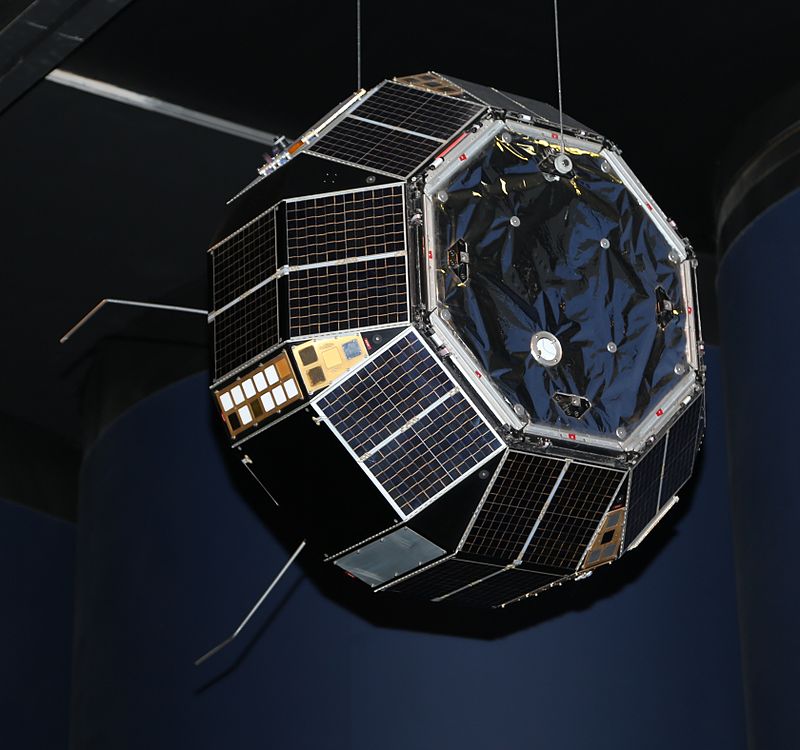
It is also interesting that this launch was not the first space launch from the Southern Hemisphere. Back in April 1967, the Italian satellite San Marco 2 was launched into low orbit from the converted San Marco drilling platform located off the coast of Kenya. However, since the launch was carried out using the American Scout B rocket, Italy was not included into the list of spacefaring nations.
The launch of united Europe
And then the United Kingdom, Italy, and France gave up their national space ambitions for the sake of more effective international cooperation in space exploration. In 1962, the European Launcher Development Organization (ELDO) was established, and two years later, the European Space Research Organization (ESRO) was created, which was engaged, among other things, in the creation of artificial Earth satellites for various purposes. In 1975, after the merger of these two organizations, ESA, the European Space Agency, was created. It quickly became one of the most powerful organizations in the world in the field of space.

In addition to the countries already mentioned, the founders of ESA were Belgium, Denmark, Spain, the Netherlands, Germany, Switzerland, and Sweden. One of its main activities was the creation of a common European space launch vehicle, the Ariane 1 rocket. It was first launched on December 24, 1979, from the Kourou spaceport in French Guiana. The launch was a success. The rocket put quite a payload weighing 1600 kg into a geotransition orbit with a perigee of 182 km and an apogee of almost 36 thousand km. The main developers of the satellite, which was essentially a technological demonstrator, were the French, and they named it after another comic book character, Obélix (though originally it was designated CAT-1). Its onboard batteries lasted only 4 days, but the spacecraft itself remained in orbit until November 1989.
Indian space
Like its former metropolis of Great Britain, India launched its first satellite, Aryabhata, by of a “foreign” carrier, not an American, but a Soviet one. It was a Kosmos-3M rocket launched on April 19, 1975, from the Kapustin Yar launch site in the Astrakhan region. The satellite operated until March 1981, and left orbit in 1992.
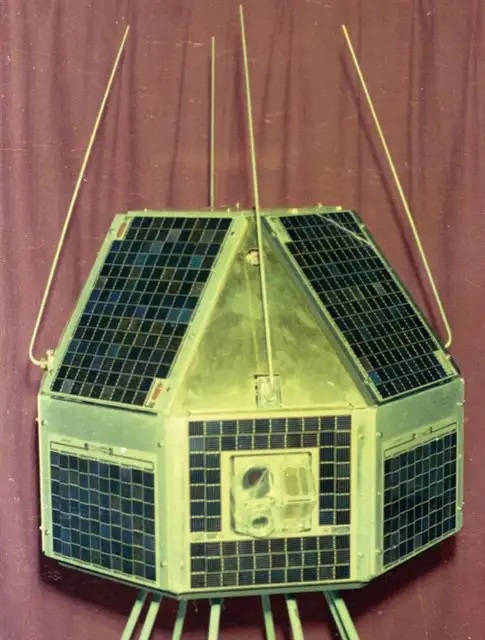
Indian engineers began developing their own SLV rocket in the early 70s. On August 10, 1979, its first test flight took place, during which the stated goals were not achieved. However, on July 18, 1980, it managed to deliver a 35-kilogram Rohini RS-1 satellite into Earth orbit, which was actually kind of mockup and transmitted only telemetry information (it stayed in space for only 20 months). It was launched from Sriharikota Island off the coast of Andhra Pradesh. The Satish Dhawan Space Center has now been built there.A model of the Rohini RS-1 spacecraft, the first satellite launched by India’s own launch vehicle. Source: ISRO
Israel’s “irregular” start
Israel was the last country to join the space club in the twentieth century. Currently, it is the smallest and youngest of its members: this Middle Eastern state appeared on the map in 1948 and has since been constantly fighting for existence with its aggressive neighbors. Success in this struggle is ensured, among other things, by the constant development of technologies, including missiles.
A serious problem for space launches from Israel’s national territory was not even the size of its territory, but the fact that unfriendly Arab countries are located to the east of it. The fact is that until then, all orbital launches in the world were carried out in the eastern direction, so that the energy of our planet’s axial rotation would “help” accelerate the satellite to the escape velosity (except for launches into polar orbits, for which this factor does not matter). Therefore, it is desirable to have a strip of uninhabited land or water to the east of the launch position where spent rocket stages could fall. Israel could not afford such a luxury. But to the west lay the Mediterranean Sea, which is safer in this sense. Therefore, a non-trivial decision was made to launch to the west!
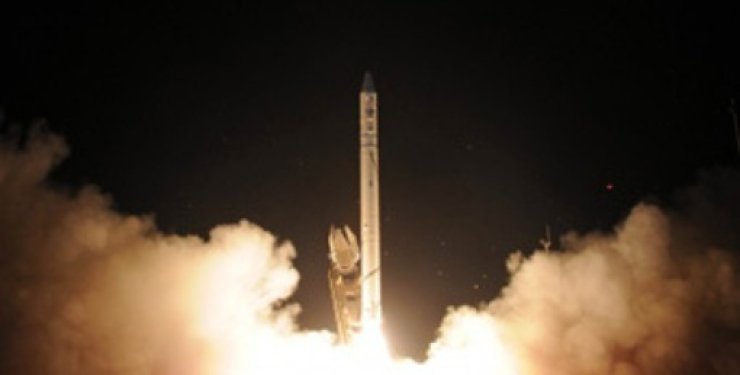
The four-stage solid-fueled Shavit (Hebrew for “Comet”) rocket was successful on the first attempt. On September 19, 1988, after launching from the Palmachim Cosmodrome, it placed a 155 kg Ofek (“Horizon”) satellite into orbit with a perigee of 249 km and an apogee of 1150 km. It coped well with its task of testing the functionality of solar panels and a radio transmitter. The inclination of its orbital plane to the equator was 143°.
SpaceX takes the stage
The launch of the small two-stage Falcon 1 from the remote Pacific atoll of Omelek on September 28, 2008, did not attract much media attention, although experts already understood that a new era was dawning in the history of space exploration. For the first time, an orbital launch was carried out with non-governmental funding by a private company. Its name, SpaceX, and the name of its founder, Elon Musk, are now known worldwide.

The successful flight of the Falcon during which it delivered a 165-kilogram satellite mockup to a 600-kilometer orbit, was preceded by three unsuccessful flights, the first of which occurred on March 24, 2006. Interestingly, the launch of this carrier could have taken place a year earlier — Elon Musk negotiated with the leadership of the Vandenberg Air Force Base regarding the possibility of launching from its territory in the spring of 2005. But the U.S. military did not dare to provide launch equipment for some “alien” rocket, which had not passed a single flight test.
What happened next is well known. Of course, Elon Musk is a U.S. citizen, and SpaceX is registered in this country, so all of its launches are considered American. But it was this launch that commenced increasingly widespread penetration of private business into the space industry, which has already changed it significantly and continues to do so.
Iranian “Hope”
Nowadays, Iran is known to us primarily as a manufacturer of Shahed attack drones, which are quite simple but no less deadly. But back in the 1960s, this country began to develop its own rocket technology. Scientific and technological progress slowed down significantly after the Islamic Revolution, so Iran began to create its national launch vehicle as late as in the new millennium. In 2004, the Iranian Space Agency was created.
On August 17, 2008, the first launch of a two-stage liquid-fueled rocket Safir-2 (Persian for “Messenger”) took place from the Semnan test site. The Iranian media reported that all test objectives were achieved. However, intelligence gathered by the CIA and Israel indicated otherwise: the carrier was supposed to launch a payload into orbit, but failed to do so due to a first-stage failure.
It was only on February 2, 2009, that Iran was able to launch the 26-kilogram Omid (“Hope”) spacecraft into low Earth orbit, which was confirmed by American and European space surveillance services as success. After that, the Islamic Republic made only three successful orbital launches.
The competition between the two Koreas
At the beginning of the 21st century, a smaller version of the “space race” unfolded in the Far East, with two Koreas participating: North (Democratic People’s Republic of Korea) and South (Republic of Korea). The latter launched its space program in 1989, and in 2002, it carried out a test suborbital launch of its KSR-III rocket. North Korea’s rocketry activities are closely linked to military programs and are being developed in strict secrecy, so there is very little information about them.
Both participants in the “race” have been actively assisted by Russia: South Korea for hard currency and North Korea for ideological reasons. Apparently, the Russians helped their friend Kim Jong Il more actively, although North Korean rocket scientists did not have time to please him with their achievements during his lifetime (the second supreme leader of the DPRK died on December 17, 2011). Finally, on December 12, 2012, an Unha-3 rocket was launched from the Sohae test site and placed a 100-kilogram satellite, Kwangmyongsong-3, which can be translated as “bright star,” into an orbit of approximately 500 kilometers. It did not carry any scientific instruments, and ground-based monitoring equipment tracked it until the end of 2014.
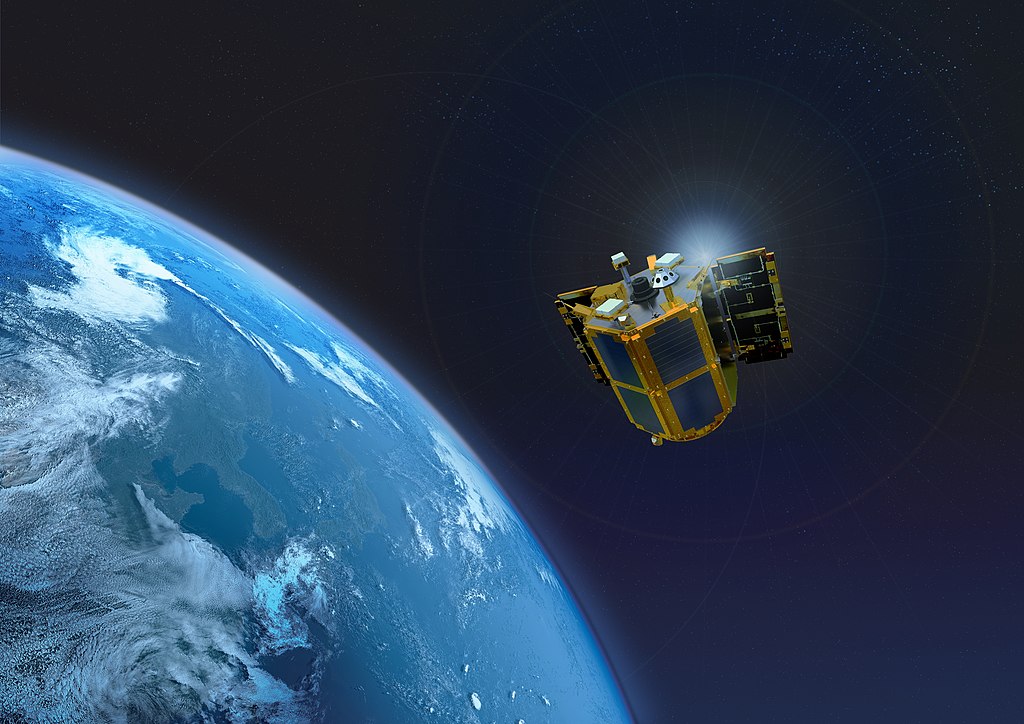
The South Korean space launch vehicle Naro-1 (KSLV-1) was first launched on August 25, 2009, but it failed to deliver a payload into orbit. They succeeded only during its third launch on January 30, 2013. At that time, the STSat-2C satellite was launched into orbit with a perigee of 300 km and an apogee of 1433 km. Like its North Korean predecessor, it weighed about 100 kg. This device stayed in space until November 2019.
* * *
At various times, Brazil and South Africa tried to join the space club, but for one reason or another they failed. Indonesia and New Zealand have some prospects in this regard, as the latter already has an operating spaceport used by the American company Rocket Lab to launch its rockets. Turkey and Saudi Arabia have also expressed similar ambitions. Ukraine will be able to do this only if it creates its own air launch system, as the high population density in neighboring countries makes it impossible to build a launch site on Ukrainian territory.
